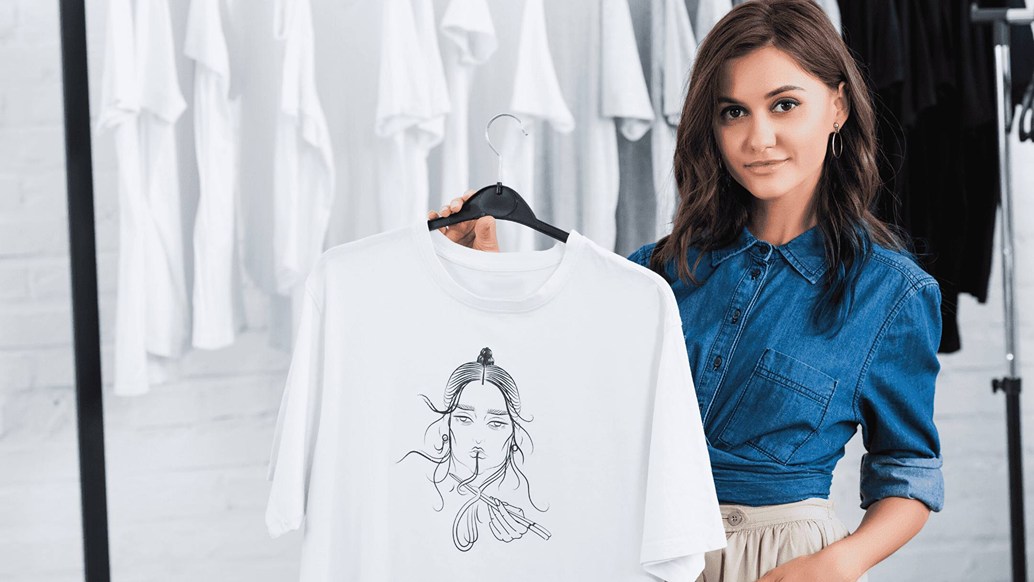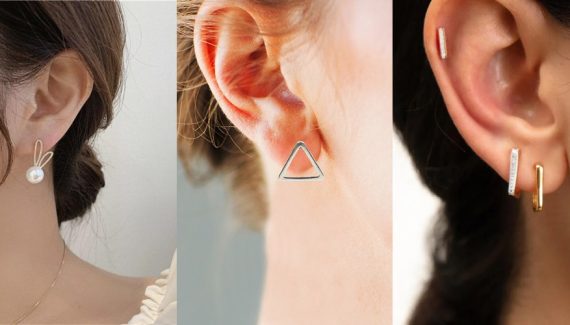You’ve heard of polyester, but how much do you really know about it? If you’re getting into the clothing industry, especially when buying wholesale clothing, like Bella + Canvas hoodies, you need to know about the popular fabric. So keep reading to learn more to make the best decisions for your clothing business.

Image Credits: canva
Contents
What’s Polyester?
Let’s start with the basics, specifically what polyester is. The invention of polyester occurred in the early 20th century; polyester is a synthetic, durable material that’s relatively inexpensive to create. It’s typically derived from petroleum and is surprisingly a kind of plastic. There are multiple reasons for its popularity in fashion, including its moisture and wrinkle-resistant properties. However, it’s important to note that it’s not biodegradable or the most breathable fabric.
Cotton vs. Polyester:
Cotton and polyester are two of the most popular fabrics in the world, so it makes sense to compare them and see how they stand against each other. Unfortunately, the two have more differences than they do similarities.
The apparent difference is that cotton is a natural fabric, while polyester is artificial. Cotton is a breathable, biodegradable material, while polyester is not biodegradable or usually breathable. Regarding absorbency, cotton tends to absorb moisture, and polyester has moisture-wicking qualities. The two materials even burn differently. Although cotton is durable, polyester is usually more robust.
Those with sensitive skin should pay special attention to reading the fabric composition on respective clothing labels. Due to its synthetic nature and properties, polyester may not be an ideal option for those who have skin sensitivities.
Poly Blends:
Polyester blends are precisely what the term sounds like: a combination of polyester with one or more different materials that form a blended fabric. Often, you’ll find a mix of polyester and natural materials, such as the creation of a cotton/poly blend, to bring together the ideal qualities of both options.
One of the reasons it’s crucial to read clothing tags is because poly-blend clothing isn’t cared for in the same way as clothing that’s 100 percent polyester. As previously stated, the blend combines qualities from both materials, including its pros, cons, and washing instructions.
Polyester Uses:
The multiple benefits, including durability, make polyester a viable option for clothing and accessories that deal with a lot of wear and tear, like backpacks. Of course, these items’ structure and overall design matter, but the material plays a significant part in their longevity.
Polyester also makes up many additional outdoor and athletic items, including jackets, footwear, and shirts, that often face the elements and harsh conditions because they can usually withstand the tests they encounter.
Caring for Polyester:
Polyester tends to be stain-resistant. However, if you notice any stains on your polyester clothing, it’s ideal to pre-treat them anyway, and the sooner you handle the stains, the better. Research is the best thing you can do when caring for specific stains. Therefore, giving you an idea of how best to handle particular stains on clothing with exact fabric composition provides a higher chance of eliminating the stains without damaging the fabric.
You usually don’t want to wash polyester in a hot setting—high heat and polyester don’t mix—but rather stick to cool or warm temperatures. However, what’s most important is to read the tag on each garment. Because clothing with polyester can be 100-percent polyester or a poly blend, the label can tell you the proper washing, drying, and dry cleaning instructions for that particular clothing item to ensure appropriate care.
Regarding drying, it’s important to note that 100-percent polyester clothing typically won’t shrink, but that can be a different story regarding blends. In addition, not all fabrics have the same shrinkage qualities, so if the clothing item has a mixture of polyester with another material that does tend to shrink, you might find your apparel a little smaller when it comes out of the dryer.
Polyester and Printing Methods:
When it comes to printing on clothing – whether you’re doing direct-to-garment printing (DTG), screenprinting, or another option—many will advise you to go with a natural material like cotton. Even blends may not be advisable, especially if it has a high polyester content. But, again, it pertains to the combination of the dye/design, printing process, color and material of the clothing, and the overall desired result.
It’s possible to print on polyester, but there’s usually a pre-treatment involved, and there may need to be adjustments regarding the printing process. The best thing you can do if you have a specific design idea in mind is to research how all the respective elements of what you want for your finished product can come together for the best results. This analysis may include speaking to printing companies beforehand if you’re opting to go that route, altering the coloring of your design to achieve the overall best look, etc.
Purchasing Polyester Clothing:
If you’re thinking of buying wholesale polyester clothing, there are a few things you need to keep in mind, including its pros and cons. Don’t only think about it from your perspective as a clothing business owner but also from your customer’s perspective.
While you have the ultimate decision about the clothing purchase, don’t hesitate to ask the opinions of the wholesaler who know their garments best. If they offer 100-percent polyester clothing, but you think that might not be the option you’re looking for, they may provide blends that would be a better choice, especially if you’re planning on having a design printed onto them.
When you have a finished product in mind, it’s so important to take the time to consider each aspect of its overall construction carefully—from the fabric to the minute hues in the design—to ensure it comes out the way you envisioned. With a look, your customers will want to wear it.
Posts You May Like:
- What to Wear With Long Black Skirt
- Crop Top Lehengas
- What Color Shoes to Wear With Navy Dress
- Free Crochet Top Patterns Ideas Beginners


